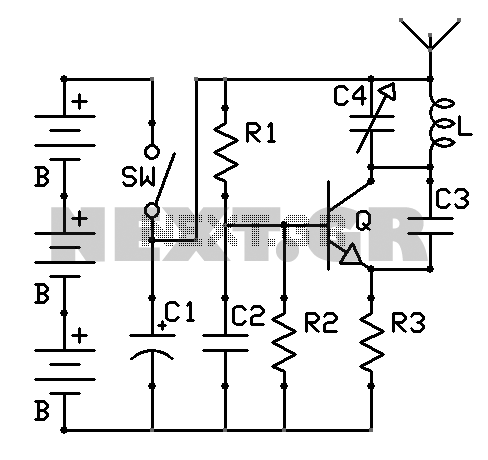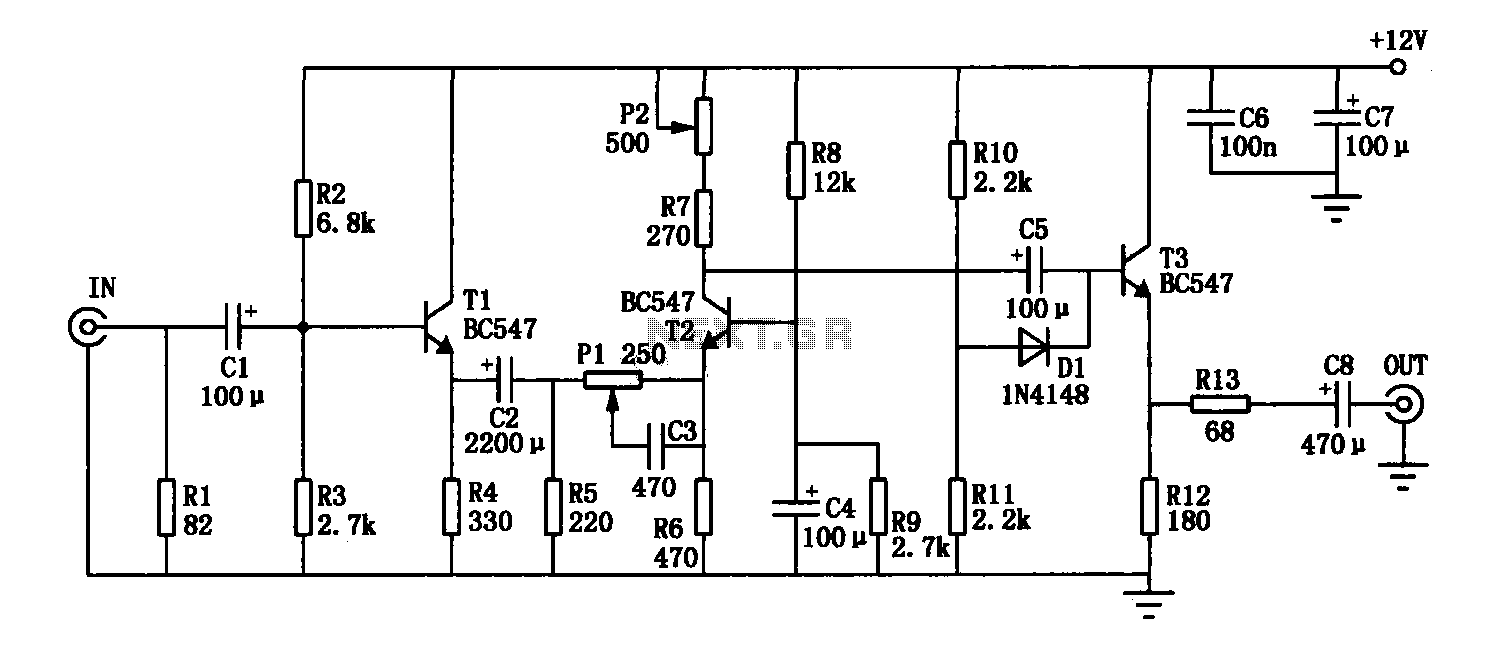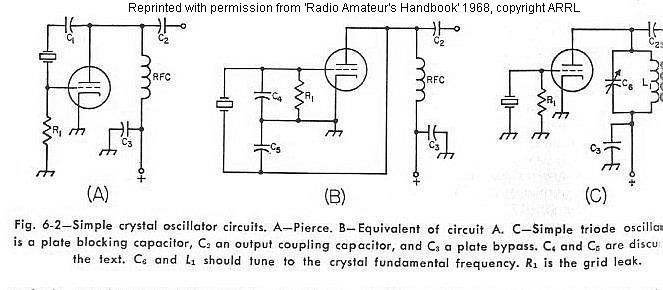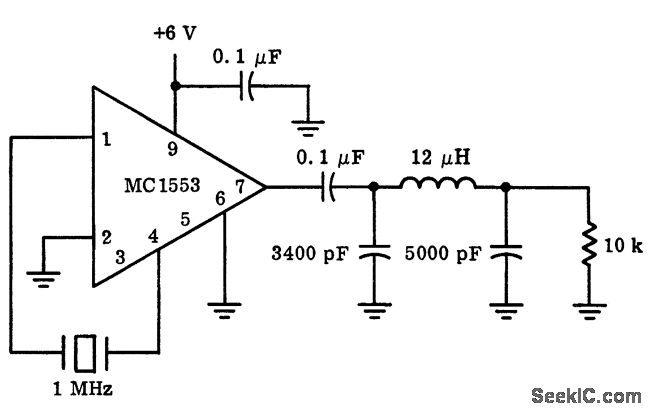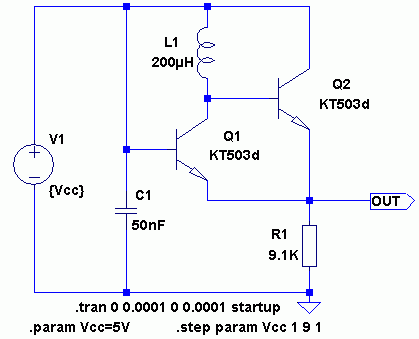
1MHz quartz crystal oscillator circuit
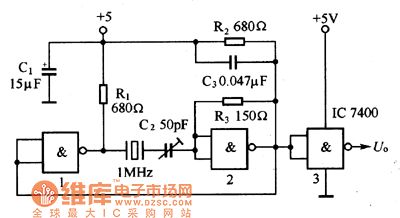
The oscillator circuit consists of a 1MHz quartz crystal resonator and a NAND gate, with the output buffer stage provided by NAND gate 3. This circuit can be utilized for calibrating standard frequency.
The described oscillator circuit operates at a frequency of 1MHz, leveraging the properties of a quartz crystal resonator to achieve stable oscillations. The quartz crystal functions as a frequency-selective component, providing precise frequency control due to its inherent mechanical resonance characteristics. When integrated into the circuit, the crystal ensures that the oscillation frequency remains consistent and reliable, which is crucial for applications requiring accurate timing signals.
The NAND gate configuration is employed to create a feedback loop necessary for sustaining oscillations. In this setup, the output from the NAND gates is fed back into the circuit, allowing for continuous oscillation generation. The use of NAND gates is advantageous due to their versatility and the ability to implement various logic functions within the same circuit.
NAND gate 3 serves as the output buffer stage, providing a clean and robust signal that can drive other components or circuits without significant loading effects. This buffering is essential to maintain signal integrity, particularly when the generated frequency signal is interfaced with other electronic systems.
In practical applications, this 1MHz quartz crystal oscillator circuit can be utilized in various fields such as telecommunications, signal processing, and frequency calibration for precision instruments. The design's simplicity and effectiveness make it an ideal choice for generating stable clock signals in digital circuits and microcontroller applications.The oscillator circuit which is composed of the 1MHz quartz crystal resonator and the NAND gate is as shown in the figure, the NAND gate 3 is the output buffer stage. This circuit can be used to calibrate the standard frequency. Figure 1 The 1MHz quartz crystal oscillator circuit.. 🔗 External reference
The described oscillator circuit operates at a frequency of 1MHz, leveraging the properties of a quartz crystal resonator to achieve stable oscillations. The quartz crystal functions as a frequency-selective component, providing precise frequency control due to its inherent mechanical resonance characteristics. When integrated into the circuit, the crystal ensures that the oscillation frequency remains consistent and reliable, which is crucial for applications requiring accurate timing signals.
The NAND gate configuration is employed to create a feedback loop necessary for sustaining oscillations. In this setup, the output from the NAND gates is fed back into the circuit, allowing for continuous oscillation generation. The use of NAND gates is advantageous due to their versatility and the ability to implement various logic functions within the same circuit.
NAND gate 3 serves as the output buffer stage, providing a clean and robust signal that can drive other components or circuits without significant loading effects. This buffering is essential to maintain signal integrity, particularly when the generated frequency signal is interfaced with other electronic systems.
In practical applications, this 1MHz quartz crystal oscillator circuit can be utilized in various fields such as telecommunications, signal processing, and frequency calibration for precision instruments. The design's simplicity and effectiveness make it an ideal choice for generating stable clock signals in digital circuits and microcontroller applications.The oscillator circuit which is composed of the 1MHz quartz crystal resonator and the NAND gate is as shown in the figure, the NAND gate 3 is the output buffer stage. This circuit can be used to calibrate the standard frequency. Figure 1 The 1MHz quartz crystal oscillator circuit.. 🔗 External reference
